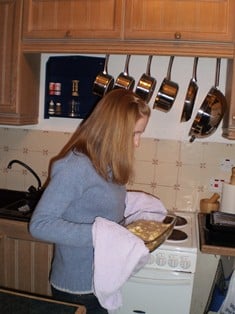
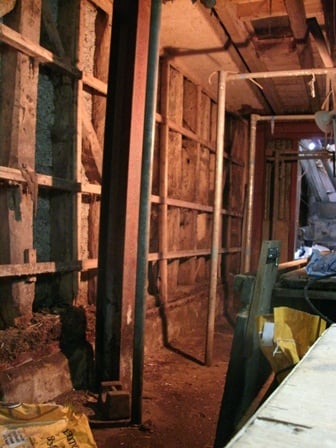 No skeletons, no sideburns, only one rat's nest, and a lot of spiders!
No skeletons, no sideburns, only one rat's nest, and a lot of spiders!
Despite the expectation of several feet of debris, the “smooth, impervious, easy-to-clean” surface backed by a range of weather boarding, panelling (we're very posh) and the Devil's own concrete shuttering, revealed quite a clean wall. Plus, the metal sheeting did it's job well and the frame has only sustained minimal damage. Thank goodness they used all those nails.
One insistent rodent gnawed through this joint, but nothing was found in need of urgent repair and not an Acro in sight! Excellent news.
For the next timber frame repair course, we hope to work on two sections which will complete the majority of the repairs to the Mill House (see pictures of previous work here) - so named because it housed the feed mill.
The first area is an internal support where the Mill House joins the extended nave of the barn. Timber supports were removed to open up this stretch as a long cowshed. Whilst this worked at the time, this very important beam is now a hanging feature beginning to bow under the load from the barn.

We could, of course, prop it up with the help of the bulk tanks found beneath it...
But monumental news! Over thirty years since they were last used, the bulk tanks are leaving the building. Or we hope they are. The only way out is the way they were carried (?!??) in...
Which brings us to the second section we have to navigate round to do this.
We're in the destruction phase and experiencing a sense of deja vu/Olympic weight training as we remove more concrete shuttering. It's heavy, unbreakable and will always land on your foot. But it is essential to be gentle so we preserve the hanging window above. This is the only sash window in the whole barn and must have looked very smart when it was installed.
Hopefully no surprises there! This week, one surprise was enough. As the hokey-cokey of cow/grass management continued (you put your cows out, bring them back in...etc), yesterday, Dad discovered this little beauty frolicking in the Poor Field (according to the records, either two weeks late or one week early).
Let this be a lesson to you all; surprises like these make year-round calving even more fun!




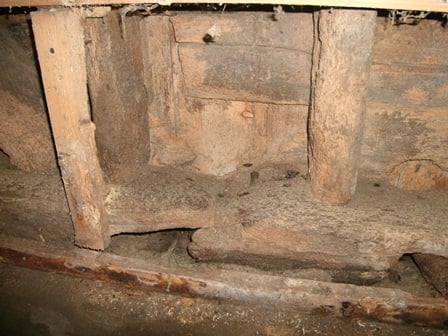

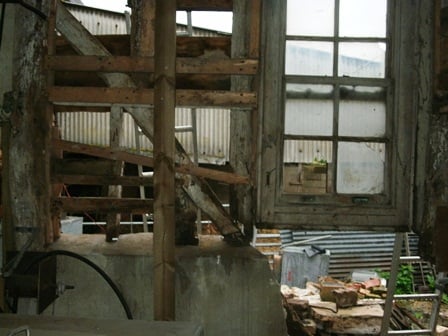

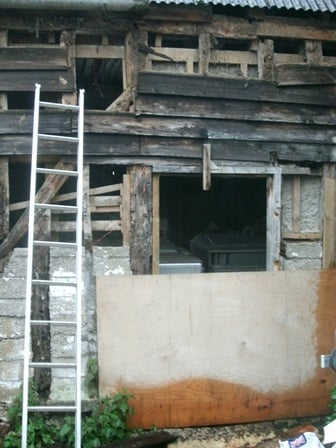
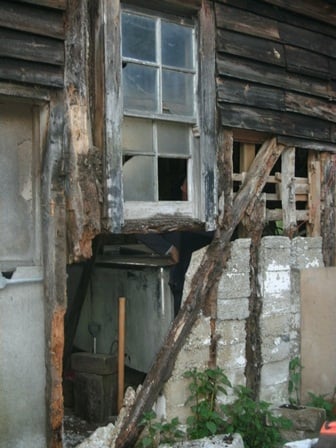
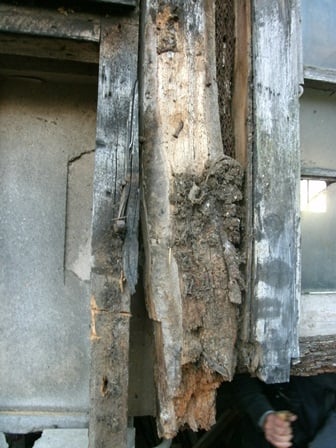

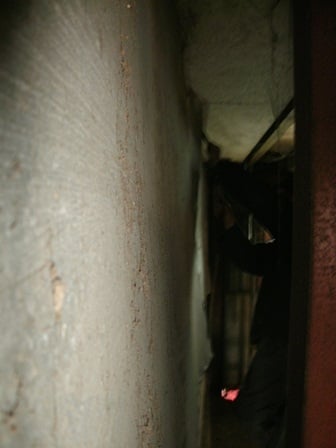
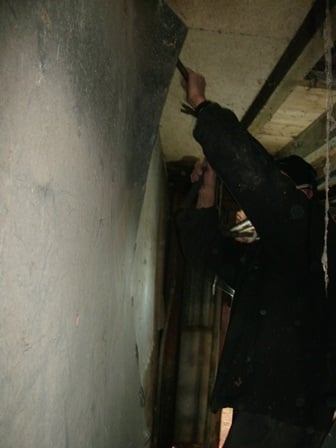
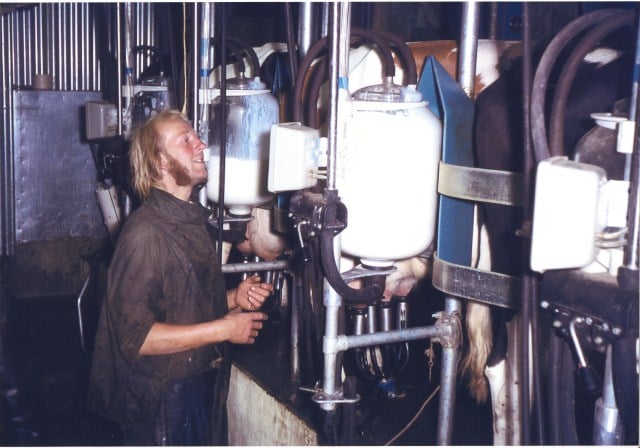
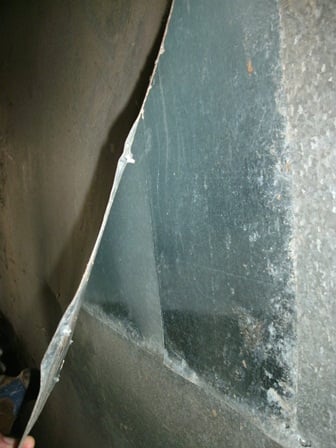


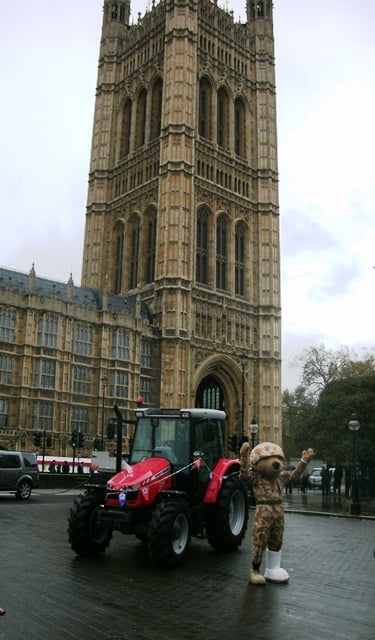
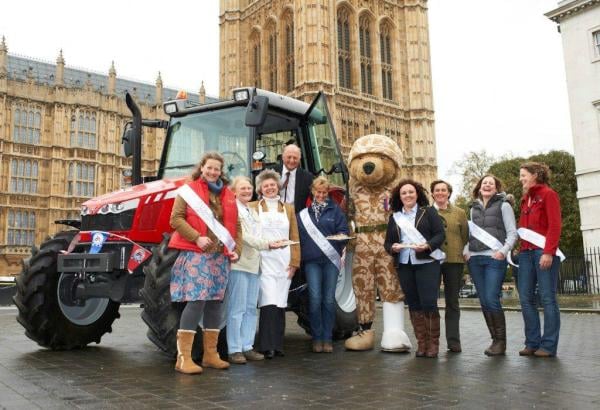
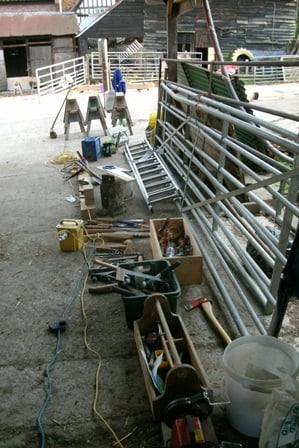
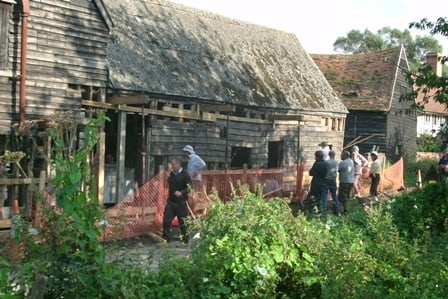

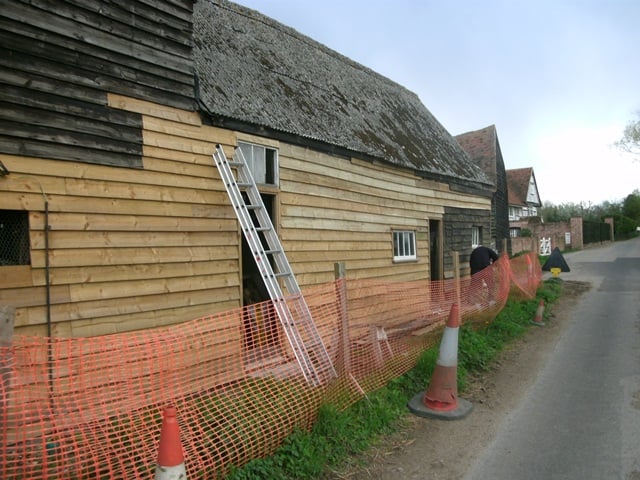
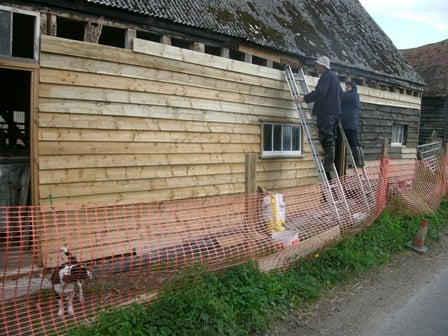
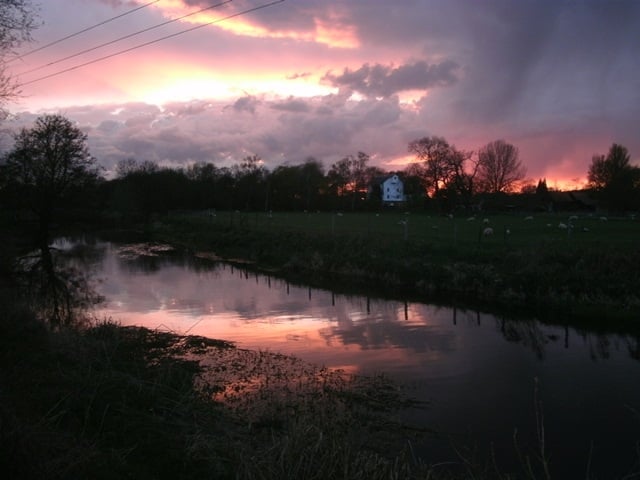
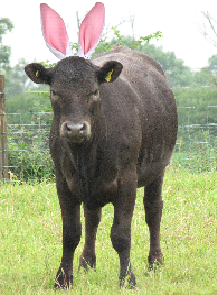
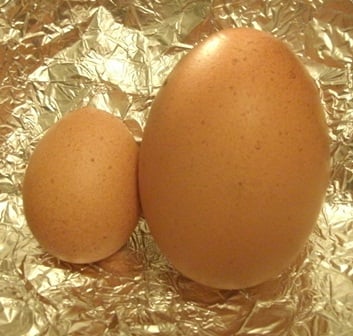
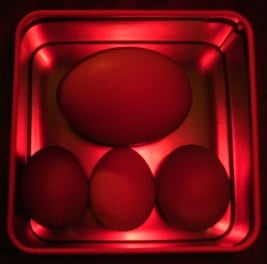
 Today, we're honouring our very own Easter chicks with a family favourite, Cheesy Yorkshire.
Today, we're honouring our very own Easter chicks with a family favourite, Cheesy Yorkshire.